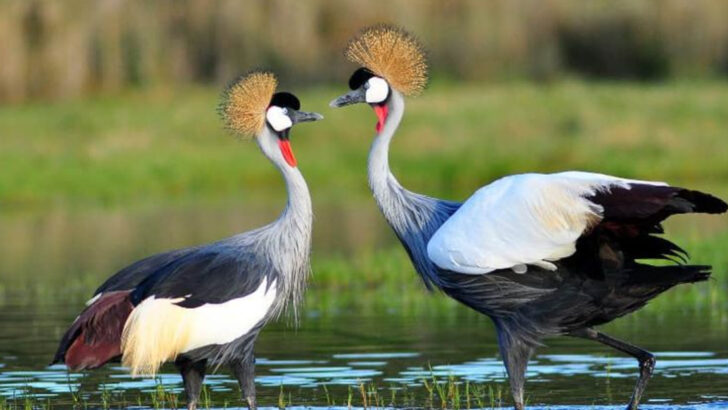Feathers aren’t just for flying—they’re for flaunting. And no bird knows how to show off quite like these ten wild feather-crested characters. From electric blue mohawks to golden halos that catch the sunlight, these birds don’t just wear their crests—they own them. Their attitude? Bold, loud, and impossible to ignore. Whether it’s a courtship dance or a warning flare, these crests send clear messages: “Look at me,” “Back off,” or sometimes, “I’m ready to party.” Get ready to meet feathered divas and punk rockers of the avian world, each with a style and swagger all their own.
Palm Cockatoo
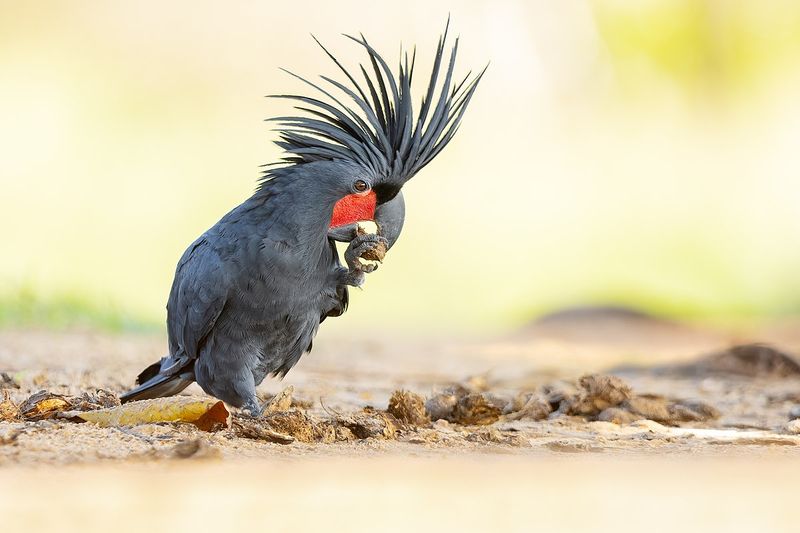
The Palm Cockatoo is a true avian rock star, flaunting a massive black crest that commands attention. When this feathered performer raises its crest, it transforms into a show-stopper, capturing the gaze of all who are lucky enough to witness it. This display isn’t just for show; it’s a powerful tool in courtship and territorial disputes.
Native to the rainforests of Australia and New Guinea, these birds are known for their intelligence and ability to mimic sounds. With their striking appearance and sharp wit, Palm Cockatoos are truly a spectacle to behold.
Sulphur-crested Cockatoo
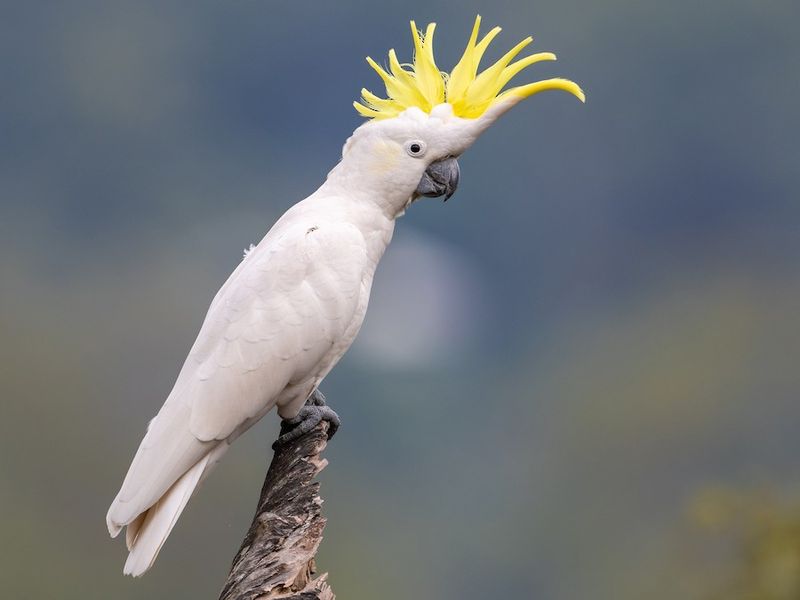
With a personality as vibrant as its crest, the Sulphur-crested Cockatoo is a bird that’s hard to ignore. Its bright yellow fan-like crest pops up whenever the bird is excited or wants to make a scene. This dramatic flair isn’t just about aesthetics; it serves as a visual signal during social interactions.
These cockatoos are social creatures, often seen in noisy flocks in their native Australian habitats. Known for their playful antics and loud calls, they are both entertaining and endearing, making them a favorite among bird enthusiasts.
Eurasian Hoopoe
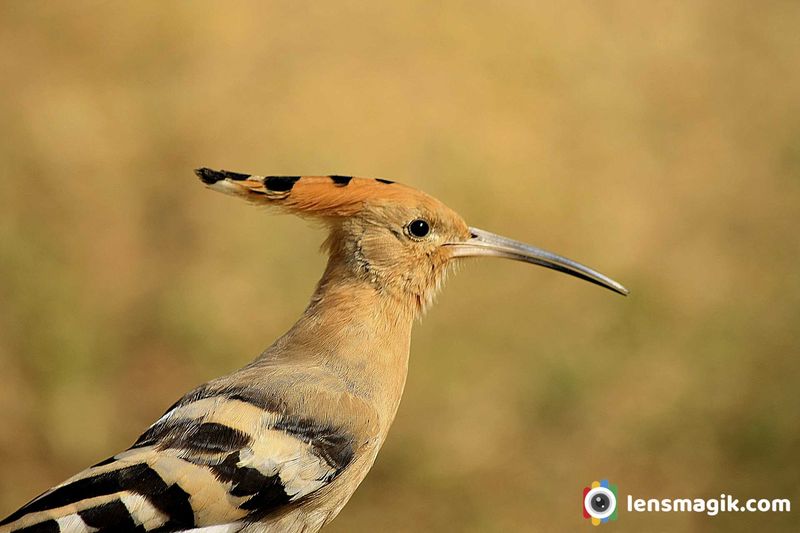
The Eurasian Hoopoe is a bird that knows how to wear a crown. Its crest of orange and black feathers fans out like a royal emblem, making it unmistakably regal. This dramatic headpiece is used in courtship displays and to signal alarm.
Found across Europe, Asia, and North Africa, the Hoopoe’s distinct look is matched by its unique ‘hoo-hoo-hoo’ call. These birds are ground foragers, using their long bills to probe the earth for insects, showcasing their adaptability in various environments.
Victoria Crowned Pigeon

The Victoria Crowned Pigeon is the epitome of avian elegance, with an intricate lace-like crest that exudes regal sophistication. This stunning feature not only enhances its beauty but plays a role in social interactions and mate selection.
Native to the lowland forests of New Guinea, these pigeons are among the largest and most impressive of their kind. Their gentle nature and striking appearance make them a favorite in aviaries worldwide. The combination of size, color, and that magnificent crest renders them utterly unforgettable.
Grey Crowned Crane
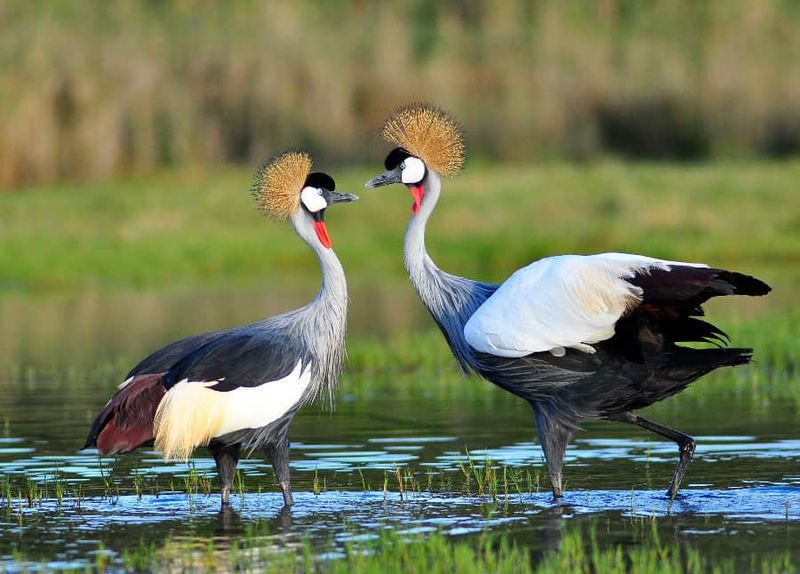
An icon of the African savanna, the Grey Crowned Crane dances its way into hearts with a halo of stiff golden plumes. This eye-catching crest is not just for show; it plays a crucial part in their elaborate mating dances and social displays.
These cranes are often seen in pairs or small family groups, their elegant movements a testament to their grace. Native to Eastern and Southern Africa, they are revered in their homelands, often appearing in cultural symbols and folklore stories.
Royal Flycatcher
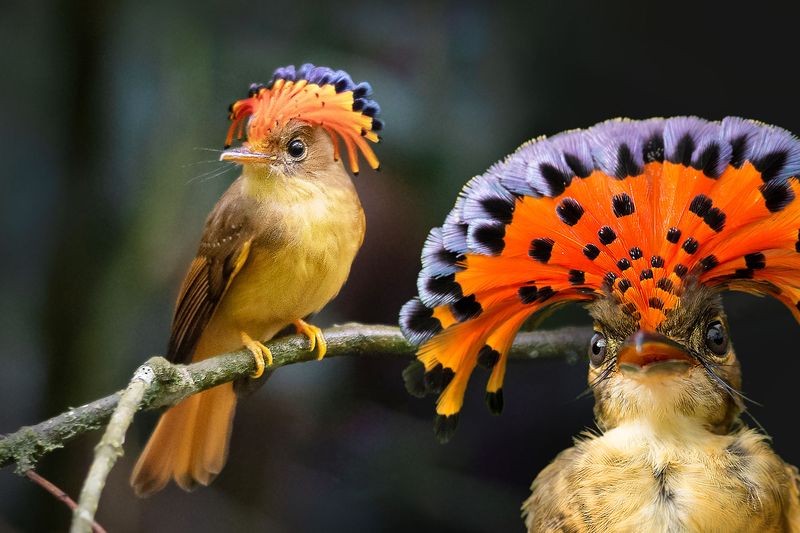
The Royal Flycatcher is not one to reveal its secrets easily. Its spectacular red-and-blue fan crest remains hidden until the right moment—usually during courtship, when it unfurls like a hidden crown. This breathtaking display is a rare sight, making it all the more treasured by birdwatchers.
Inhabiting the tropical forests of Central and South America, these birds are as elusive as they are beautiful. Their secretive nature and stunning crests make them a subject of fascination in the ornithological world.
Hoatzin

The Hoatzin is a bird that seems straight out of the Jurassic era, with its spiky, prehistoric-looking crest and unique appearance. This living relic raises its crest in displays that evoke a sense of ancient mystery.
Found in the swampy forests of the Amazon and Orinoco basins, the Hoatzin is known for its unusual digestive system, which resembles that of a cow. This adaptation allows it to ferment vegetation, setting it apart from other birds and adding to its enigmatic charm.
Blue Jay
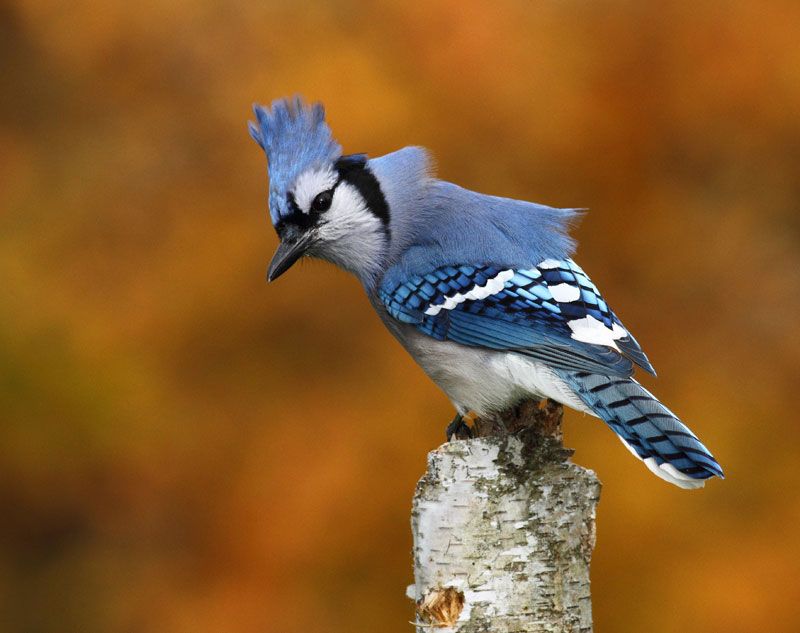
The Blue Jay is a bird with a personality as vibrant as its color. Its moody blue crest flicks up when it’s curious or agitated, a perfect reflection of its dynamic nature. This expressive feature is used to communicate with other jays, adding to their complex social interactions.
Native to North America, Blue Jays are known for their intelligence and complex vocalizations. They are frequent visitors to backyard feeders, where their bold behavior and striking plumage delight bird lovers everywhere.
Pileated Woodpecker
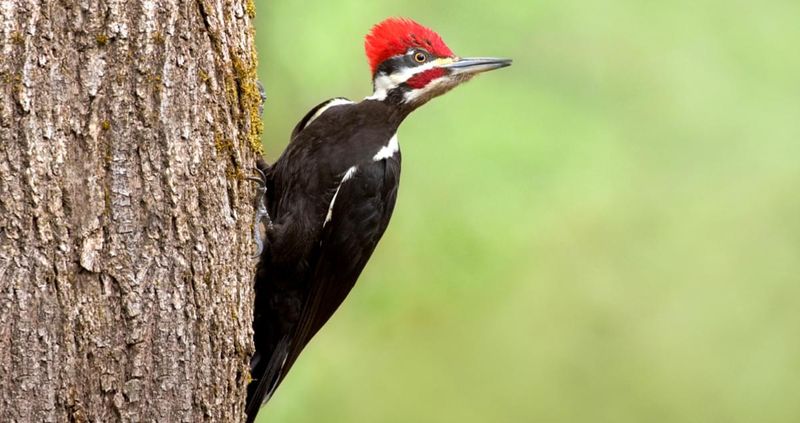
The Pileated Woodpecker is a force of nature, with a bold red crest that stands out in the forest. This striking feature is more than just decoration; it plays a role in the bird’s drumming displays, which resonate through the woods as a form of communication.
Found throughout North America, these woodpeckers are among the largest of their kind, known for their powerful beaks and distinctive calls. Their presence is a sign of a healthy forest ecosystem, and their vibrant crests make them a captivating sight.
Tufted Titmouse
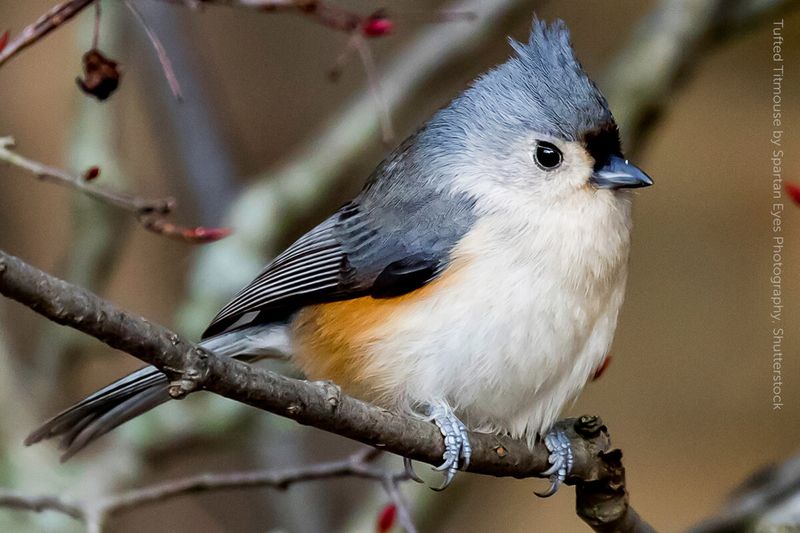
The Tufted Titmouse may be small, but it carries itself with a punkish flair, thanks to its sleek tufted crest. This charming songbird uses its crest to express curiosity or excitement, adding a splash of character to its interactions.
Common in the woodlands of eastern North America, these birds are frequent diners at bird feeders, where their lively antics endear them to many. Their soft, gray plumage and distinctive crest make them easily recognizable and a joy to observe.

